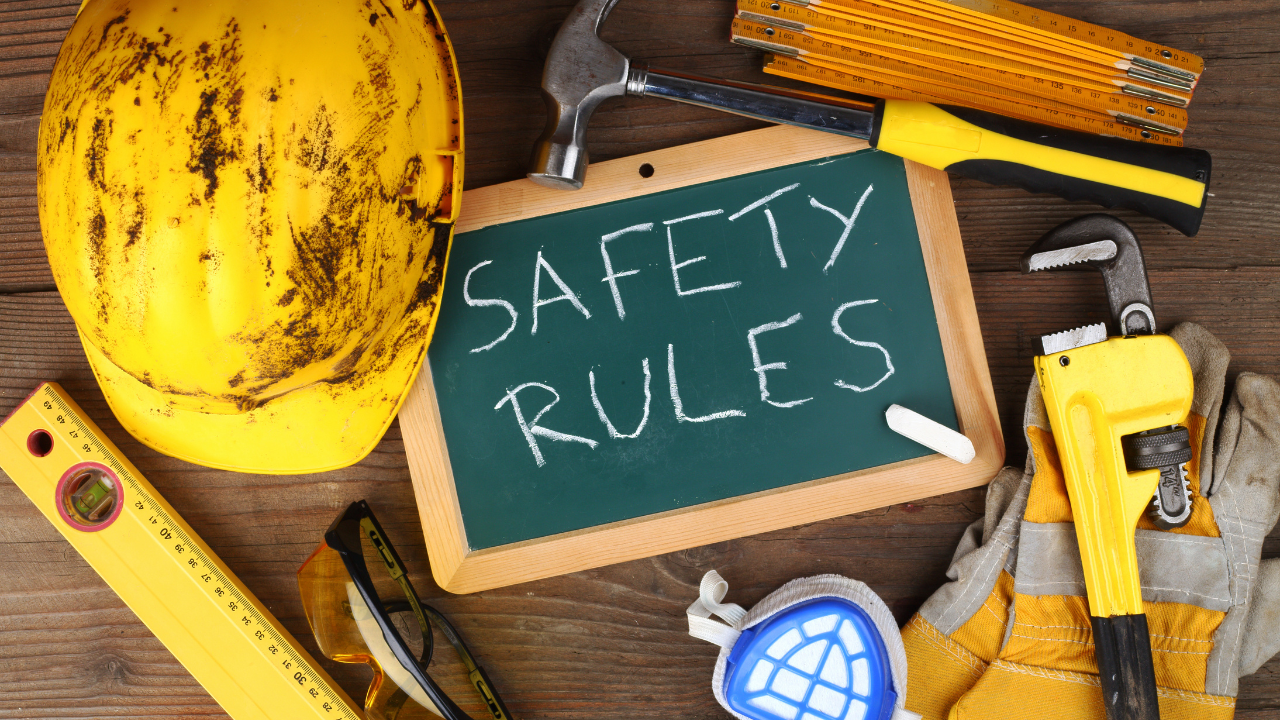



The Role of Classroom Setting in Making Students More Curious
Have you ever walked into a classroom that made you feel excited to learn? Maybe it had colorful charts, books, science models, or interesting posters. Or maybe the teacher was full of energy, always ready to ask fun questions. That kind of classroom doesn’t just look nice—it helps students feel more curious. In this article, we will talk about the classroom environment's role in fostering student curiosity in simple and clear words.
Curiosity is when you want to know more about something. It is the feeling that makes you ask, “Why does this happen?” or “How does this work?” Curiosity is very important for learning. When students are curious, they enjoy learning and remember things better. But what makes students feel curious? A big part of the answer is the classroom environment.
What Is a Classroom Environment?
The classroom environment means everything in the classroom. This includes the space, the way it looks, the way the teacher talks, and how students feel inside it. A classroom can be bright, fun, safe, calm, or boring and strict. All of these things affect how students behave and think.
When students feel safe and happy in their classroom, they are more likely to ask questions and explore new ideas. If the room is dull, noisy, or scary, students may not feel like learning. That’s why the classroom environment's role in fostering student curiosity is so important.
A Positive Environment Sparks Questions
In a good classroom environment, students feel okay to ask questions without fear. The teacher listens and gives answers with patience. When students are not afraid to speak up, they begin to explore more and ask deeper questions. This leads to better thinking and stronger learning.
For example, if a student asks, “Why is the sky blue?” and the teacher smiles and says, “That’s a great question! Let’s find out together,” the student feels proud. This kind of response makes them want to ask even more.
Visual Tools Make Learning Fun
The way a classroom looks can also help students feel curious. When the walls have charts, maps, science models, or fun facts, it invites students to look around and wonder about things. A classroom with learning materials makes students want to read, touch, and try new activities.
Even small things like a “Question of the Day” on the board or a corner filled with books can start curiosity. These tools tell students, “This is a place where questions are welcome.”
Freedom to Explore Builds Confidence
Another key part of the classroom environment's role in fostering student curiosity is giving students the freedom to explore. When students are allowed to choose their own topics, try experiments, or work in groups, they feel like they are part of their own learning.
For example, in science class, if students are allowed to mix colors, test magnets, or grow plants, they will have more fun and ask more questions. When students lead their own small projects, their curiosity grows naturally.
A Kind Teacher Makes a Big Difference
The teacher is the heart of the classroom. A kind and supportive teacher creates a safe space where students are not scared to make mistakes. When the teacher says, “It’s okay to be wrong—we learn by trying,” students become brave and curious.
Teachers who smile, listen, and encourage questions help students feel relaxed and free. In this kind of space, students feel good about sharing ideas and thinking in new ways. That’s how the teacher’s attitude becomes a strong part of the classroom environment's role in fostering student curiosity.
Group Activities Increase Engagement
When students work together, they hear new ideas and ask more questions. Group work makes the classroom feel alive and active. It helps students talk, solve problems, and think differently.
For example, in a group project about animals, one student may ask, “What do penguins eat?” and another may ask, “How do they live in the cold?” This sharing of questions and ideas helps everyone learn more and become more curious.
A Safe Space to Make Mistakes
Curiosity often comes with trying new things. But sometimes students worry about being wrong or laughed at. That’s why a good classroom environment must be a safe space for making mistakes.
When teachers and classmates are kind, students feel brave enough to guess and try. Even if they are wrong, they learn something new. A classroom that supports mistakes helps grow curiosity and confidence at the same time.
Disclaimer:
This article is meant for educational purposes only. At Myedugoal, we try to share helpful and easy-to-understand content for students, parents, and teachers. Every student learns differently, and results may vary based on personal interest and learning style. We always encourage students to stay curious, ask questions, and enjoy the learning journey.
#trending #latest #myedugoal #classroomenvironment #studentcuriosity #educationmatters #learningenvironment #schoollife #studentgrowth #curiousmind #positiveteaching #classroomvibes #simplelearning #educationforall #supportiveteachers #studentfocus

University Internships That Help You Get a Job After Graduation... Read More.

Is It Smarter to Start at a Community College... Read More.
 Fake posts hit Czech PM Fiala's X
Fake posts hit Czech PM Fiala's X
Fake posts disrupt Czech PM Fiala's X account security
 Switzerland Tightens Export Rules
Switzerland Tightens Export Rules
Switzerland expands export controls on dual-use goods
 Google unveils Ironwood AI chip
Google unveils Ironwood AI chip
Google introduces Ironwood chip to accelerate AI tasks & apps
 TSMC Q1 revenue up 42%
TSMC Q1 revenue up 42%
TSMC sees 42% revenue surge in Q1, surpassing forecasts
 Amazon CEO Outlines AI Vision
Amazon CEO Outlines AI Vision
Amazon CEO reveals AI investment plans in new letter
 Osaka Hosts World Expo 2025
Osaka Hosts World Expo 2025
Japan blends tech and culture at Osaka Expo 2025 launch
 A16z Plans Big Bet on AI Startup
A16z Plans Big Bet on AI Startup
A16z may lead huge round in ex-OpenAI CTO’s new AI firm.
© MyEduGoal. All Rights Reserved. Design by markaziasolutions.com